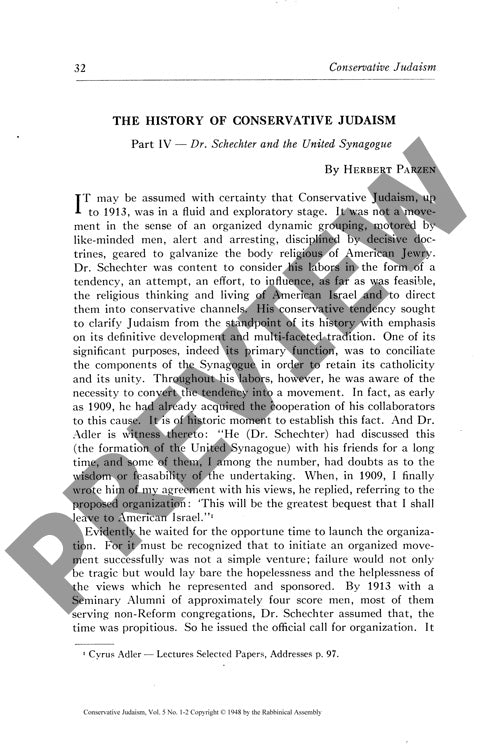The History of Conservative Judaism Part
Couldn't load pickup availability
In 1913, Conservative Judaism stood at a crossroads as Dr. Solomon Schechter transformed a loose "tendency" into an organized religious movement through the establishment of the United Synagogue of America. The creation of this formal institution responded to three pressing challenges: Reform Judaism's growing appeal among upwardly mobile Eastern European Jews, institutional disarray within immigrant Orthodox congregations, and the phenomenon of "social climbing" through religious affiliation. Through analysis of Schechter's 1913 and 1914 addresses, testimonies from contemporaries like Dr. Cyrus Adler, and archival materials from the United Synagogue offices, a clear picture emerges of Schechter's comprehensive program for American Jewish life. His "practical procedures" mandated specific reforms including English sermons, synagogue decorum, scientific rabbinic training, and methodical religious instruction, while pursuing aspirational goals in women's religious education, Hebrew language preservation, and Jewish home observance. Rather than emphasizing theological unity, Schechter strategically built a broad coalition of "Orthodox-Conservative forces" through shared practical commitments - an approach that proved both pragmatically necessary and historically justified, though his successors struggled to maintain it as Orthodox-Conservative cooperation became increasingly difficult. Contrary to interpretations that Schechter lacked a systematic program, this research reveals his practical procedures as a coherent platform designed to create a unified traditional movement capable of competing with Reform Judaism's institutional advantages.

More Information
-
Physical Description
-
Publication Information
Published 1948-1949
ISBN
-
Publication Credits
Herbert Parzen

